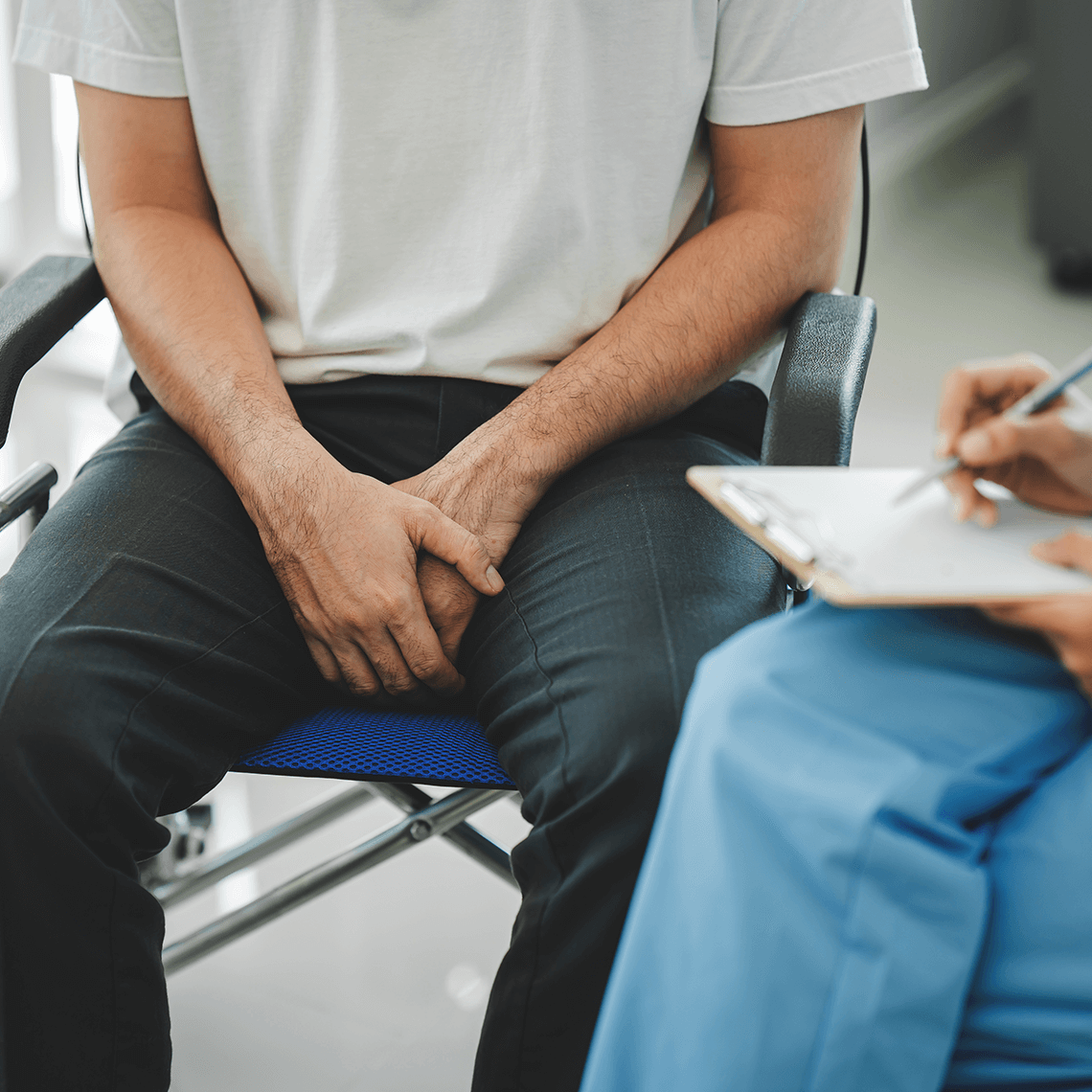Podcast
Cures Act Opens Clinical Notes to Patients
Apr 26, 2021

Commentators
- Pat Folcarelli, RN, PhD
Transcript
Hello and welcome to this edition of Safety Net. I’m Tom Augello and we’re talking about a new federal law that’s called the Cures Act, and it requires providers to give patients access to almost everything in their medical record, including clinical notes. Helping us talk about the patient safety and the risk management aspects of the Cures Act is Pat Folcarelli. Ms. Folcarelli is the Vice President of Patient Safety at CRICO in the Harvard system. She was part of a research team that published on the topic of patients reading their notes.
Q.) Thank you for joining us Pat.
A.) Thank you for having me, pleasure to be here.
Q.) So my first question would be how will providers notice this? What’s going to be their experience?
A.) So it’s a really interesting question, Tom. I think that there’s already access for patients through patient portals that most hospitals and other institutions have. So physicians and clinicians may notice or hospitals may notice that there’s increasing activity on those patient portals. I think that would be the only way to notice, and then as a result of that, it’s possible there could be some additional questions of the notes. But it still remains to be seen about what impact this will have in terms of patients accessing their notes.
Q.) So the Cures Act is a big federal act, and there are lots of moving parts and lots of aspects to it. We’re kind of focused on the patient safety and risk management. Can you summarize what the basic requirement is, with the exceptions that they lay out?
A.) Yes, I can. So the 21st Century Cures Act was signed in 2016, and it’s really designed to support drug and device research and development. But part of the legislation has some defined standards for electronic health information interoperability. And something called “limits on information blocking.” And information blocking just refers to practices that interfere with or prevent access to electronic health information. So beginning on April 5th, the program rule on interoperability and information blocking requires that patients have electronic access to eight types of clinical data, and that includes histories and physicals. It includes progress notes if they are hospitalized. Notes from consultants. Notes related to procedures. Discharge summaries in imaging reports. Laboratory reports and pathology reports. And it means that there can’t be blocking of access to that information. So that’s basically what’s at the root of the changes for patients in experiencing access to their medical record.
Q.) What would you think is the top risk or the most likely thing to go wrong?
A.) I think that really now this is a big question. There’s a lot of concern, I think by providers, and the concern centers around, I think, maybe two things. One is the fact that in many systems where there was already access to online notes, there may have been periods of embargo. So in other words, there may have been a delay in some tests becoming visible to the patients through their patient portal. For example, a radiology scan such as an MRI or mammogram. They have had a delay. Some other tests, may have been delayed just so that biopsy reports, for example, from pathology, so that the physician or clinician would have access to those reports prior to them being released directly to the patient through the portal. And so I think there’s some concern by providers that there will be immediate access to those tests results that could be upsetting to patients and families before they’ve had an opportunity to see them. So that’s one concern and we can talk a little bit about how to mitigate that concern. The second is that there’s things in the medical record and the way that we write notes in the medical record that the patients might not be able to understand them or those things now or the way we describe patients might cause patients to be upset.
Q.) How would you mitigate against some of that?
A.) So it’s a good question. I think that the for the initial concern related to the immediate release of test results, the one way to mitigate that is when the tests are being ordered or in a visit where you’re describing to a patient the kinds of tests that they’re going to be having and the reasons for the tests, to actually describe what you might be thinking as a possibility of the result. And to say that in some cases, ‘You might see these test results before I’ve had an opportunity to see them, but I wanted to let you know that here’s my pattern for looking at them. And when you can expect that, I’ll get back to you.’ So just set some time frame expectations. I think that would be extremely helpful. For the fact that patients may be reading now notes that were written in the past, I think that there’s a lot of helpful hints about how to write about patients in the medical record. There’s lots of tip sheets that are available online through the government website about this. So I’ll give an example. Instead of saying that a patient is non-compliant, to describe the actual behavior of the patient. Instead of saying ‘IV drug abuser,’ –and sometimes we just put ‘IVDA’ in a medical record—to say that the patient ‘has a substance use disorder.’ So to use language that has been emerging that's more respectful for patients who read their medical record.
Q.) And Pat at a high level what do providers need to know that they might not realize, or what might be some misconceptions that are common?
A.) I think there’s some concern that with patients having access to their record, that they’ll have to actually change dramatically the way they write their notes. And in the ‘OpenNotes’ work this was not borne out. The patients were not clamoring for their notes to be written in a different way. The second, I think, concern is that this will take a lot more time for clinicians. And similarly with the OpenNotes project over many, many years this was not borne out. By “open notes,” I kind of generally mean having access to your notes through a patient portal, so let's talk about it that way. The studies that were done when this kind of open access was starting did not result in finding that physicians needed to spend a lot more time to dramatically alter the way they wrote their notes, or that there was many more concerns from patients and families about things that were in their notes that needed to be changed.
Q.) What's the overall benefit, based on what we’ve seen already with OpenNotes and elsewhere?
A.) I think the overall benefit is that patients partner with you in a different way. From a patient safety standpoint, one of the things that we worry most about is that there is a missed or delayed diagnosis, or that the patient is not following the medical regimen that was recommended that could ultimately lead to a missed or delayed diagnosis. And that partnering with patients by allowing them to see how you’re describing the plan of care, how you’re describing the recommendations for follow up, how you're describing what you heard about their symptom description, allows a different kind of partnership with patients and providers where they can almost think it’s almost as if they’re kind of co-producing the outcome, which I think is very helpful.
Q.) Well, thank you. Pat Folcarelli is Vice President of Patient Safety at CRICO in the Harvard system. I’m Tom Augello for Safety Net.
A.) Thank you very much Tom.
About the Series
We’ve got you.
Our Safety Net podcast features clinical and patient safety leaders from Harvard and around the world, bringing you the knowledge you need for safer patient care.
Episodes
$1.5 Billion in Miscommunication: Medmal Data Report Finds Opportunities

Case Dismissed! Every Medical Defendant’s Dream Still Holds Some Nightmares

Expert: Communication Is Top Fix for Prostate Care Allegations

